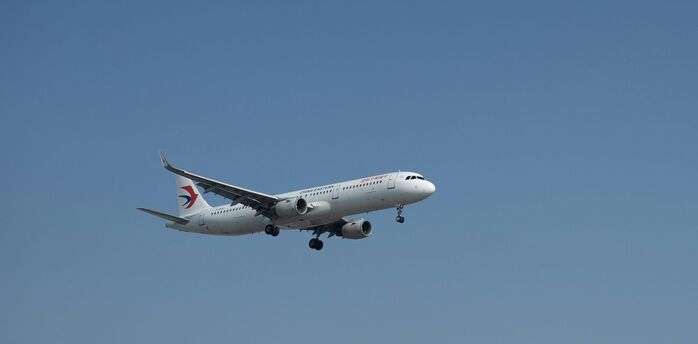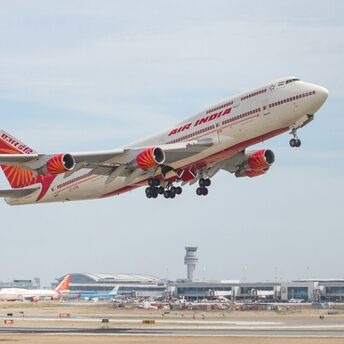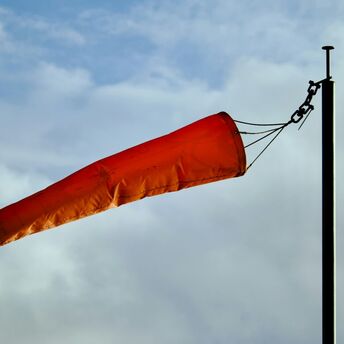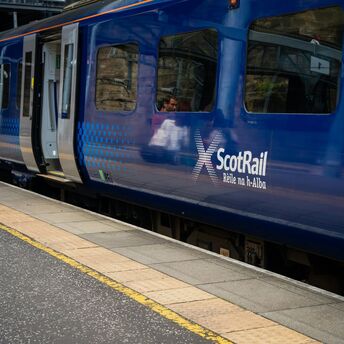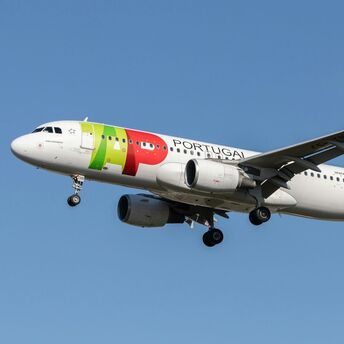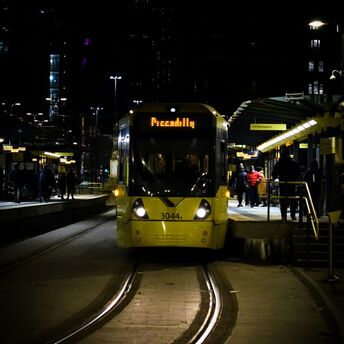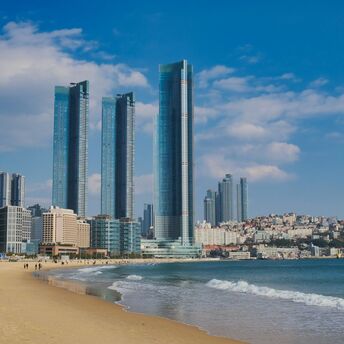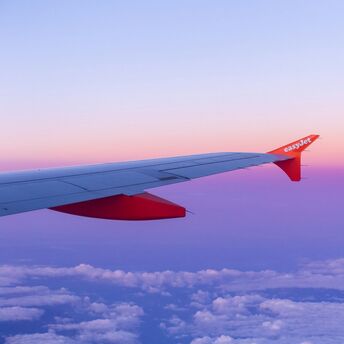Can lightning hit an airplane and what is the safest place: 11 unique facts about airplanes
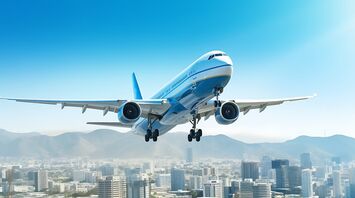
Airplanes have changed a lot since the days of the Wright brothers and Brazilian inventor Alberto Santos-Dumont. Those first wooden and fabric structures are a completely different kind of airplane than today's sleek Boeing Dreamliners.
With the constant development of aerospace technology, it's hard to keep up with all the amazing things that modern airplanes are capable of. Travel+Leisure has collected 11 facts about airplanes that may surprise you.
Airplanes can be struck by lightning
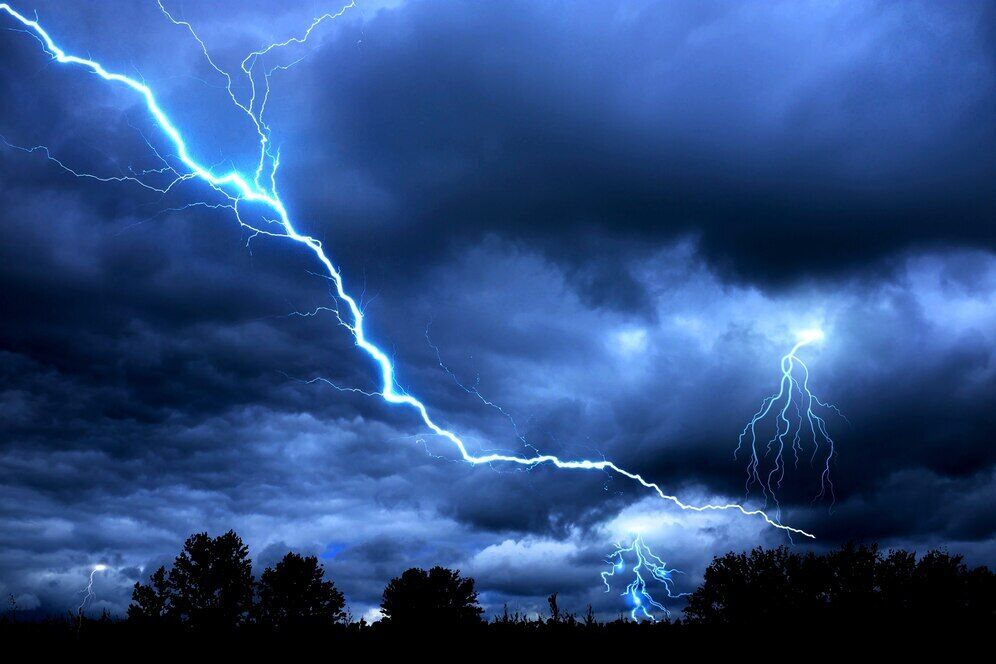
Airplanes are designed to be struck by lightning - and they are regularly struck. It is estimated that lightning strikes each airplane once a year - or once every 3,000 hours of flight. However, since 1967, no aircraft has been struck by lightning, thanks to careful design that allows lightning's electrical charge to pass through and out of the aircraft, usually without causing damage.
There is no safe seat on an airplane
The U.S. Federal Aviation Administration claims that there is no safest seat on an airplane, although a TIME study of airplane crashes found that middle seats in the back of the plane have the lowest fatality rate in airplane crashes. The study found that in airplane crashes, "seats in the rear third of the plane had a 32% fatality rate, compared to 39% in the middle third and 38% in the front third." However, there are so many variables that it is impossible to know where to sit to survive a plane crash. Besides, airplane crashes are incredibly rare.
Some airplanes have secret bedrooms for the crew
On long-haul flights, flight attendants can work up to 18 hours a day. To help fight fatigue, some aircraft, such as the Boeing 777 and 787 Dreamliner, are equipped with tiny bedrooms where the crew can get some sleep. Access to the bedrooms is usually via a hidden staircase that leads to a small room with a low ceiling that has six to 10 beds, a bathroom, and sometimes an onboard entertainment program.
Tires cannot crack when landing
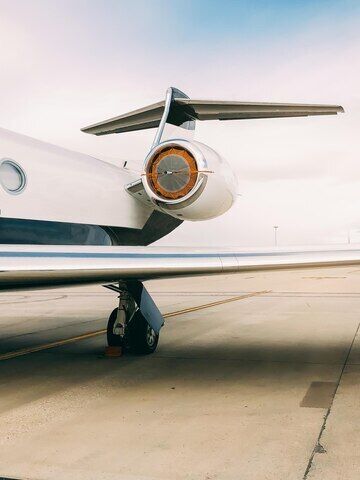
Airplane tires are designed to withstand incredible weight loads (38 tons!) and can hit the ground at 170 mph more than 500 times before they ever need a tread change. In addition, aircraft tires are inflated to 200 pounds per square inch, which is about six times the pressure used in car tires. If the aircraft needs new tires, the ground crew simply lifts the aircraft on a jack, just like a car. If the tires fail during takeoff, the pilots will abort the flight and land immediately for a safety check.
Why do flight attendants dim the lights when the plane is landing?
When an airplane lands at night, the crew dims the lights in the cabin. Why? In the unlikely event that the landing goes awry and passengers have to evacuate, their eyes will already be adjusted to the darkness. As pilot Chris Cook explained to T+L: "Imagine being in an unfamiliar, bright room full of obstacles when someone turns off the lights and asks you to get out quickly."
Similarly, flight attendants ask passengers to raise the curtains on the windows during boarding so that they can see outside in an emergency and assess which side of the plane is best to evacuate.
Both engines are not required for the flight
The thought of an engine failing in mid-flight sounds frightening, but every commercial airplane can only fly safely with one engine. Operating with half the engine power may make the aircraft less fuel efficient and reduce its range, but aircraft are designed and tested for such situations. Any aircraft that flies long-haul, especially those that fly over oceans or through uninhabited areas such as the Arctic, must be certified by the FAA for its endurance with two engines (ETOPS), which is the time it can fly with one engine. The Boeing Dreamliner is ETOPS-330 certified, which means that it can fly for 330 minutes (i.e. five and a half hours) with one engine.
In fact, most airplanes can fly surprisingly long distances without an engine at all, thanks to the so-called glide factor. Thanks to careful aviation engineering, a Boeing 747 can glide 17,000 feet (just over three miles) for every 1,000 feet of altitude lost. This ratio gives the pilot more than enough time to bring all passengers safely to the ground.
There are ashtrays in bathrooms for a reason
The Federal Aviation Administration banned smoking on airplanes in 2000, but experienced passengers know that there are still ashtrays in airplane restrooms. The reason is that airlines - and the people who design airplanes - believe that despite smoke-free policies and countless no-smoking signs, at some point a smoker will decide to light a cigarette on an airplane. Hopefully, if someone does violate the smoking policy, they will do so in the relatively confined space of the lavatory and throw the cigarette butt in a safe place, such as an ashtray, rather than in the trash, where it could theoretically start a fire. If you do smoke in the bathroom, expect to pay a hefty fine.
This tiny hole in an airplane window has an important function
It regulates the pressure in the cabin. Most airplane windows consist of three acrylic panels. The outer window works as you would expect - it keeps out foreign objects and maintains the pressure in the cabin. In case something happens to the outer pane, the second pane serves as a backup. A tiny hole in the inner glass, called an "air vent," regulates the air pressure so that the middle glass remains intact until it is called into service.
The atmosphere in the airplane worsens the taste of food
Airplane food has a bad reputation, but it's not the food itself that's to blame - the real fault lies with the airplane. A study conducted in 2015 at Cornell University found that the environment inside an airplane actually changes the taste of food and drink - sweet foods become less sweet and salty flavors are enhanced. Low air pressure can further dull the taste and smell, making everything on the plane seem bland. According to a study by the Fraunhofer Institute for Building Physics in Germany, it's about 30% harder to distinguish between sweet and salty flavors when you're in the air. The next time you fly, skip the food and maybe try a glass of tomato juice instead, a drink that tends to taste better in the air than on the ground.
Oxygen masks last only 15 minutes
The safety instructions on most flights include instructions on how to use the oxygen masks that come on when the cabin pressure suddenly drops. What the flight attendants don't tell you, however, is that the oxygen masks only last for 15 minutes. This sounds like an awfully short amount of time, but it should actually be more than enough. Remember that oxygen masks fall when the cabin pressure drops, which means the plane also loses altitude. The pilot will react to this situation by putting on an oxygen mask and bring the plane to an altitude below 10,000 feet, where passengers can breathe normally without needing additional oxygen. Such a rapid descent usually takes less than 15 minutes, which means that the oxygen masks have more than enough air in them to protect the passengers.
An airplane trail consists of water
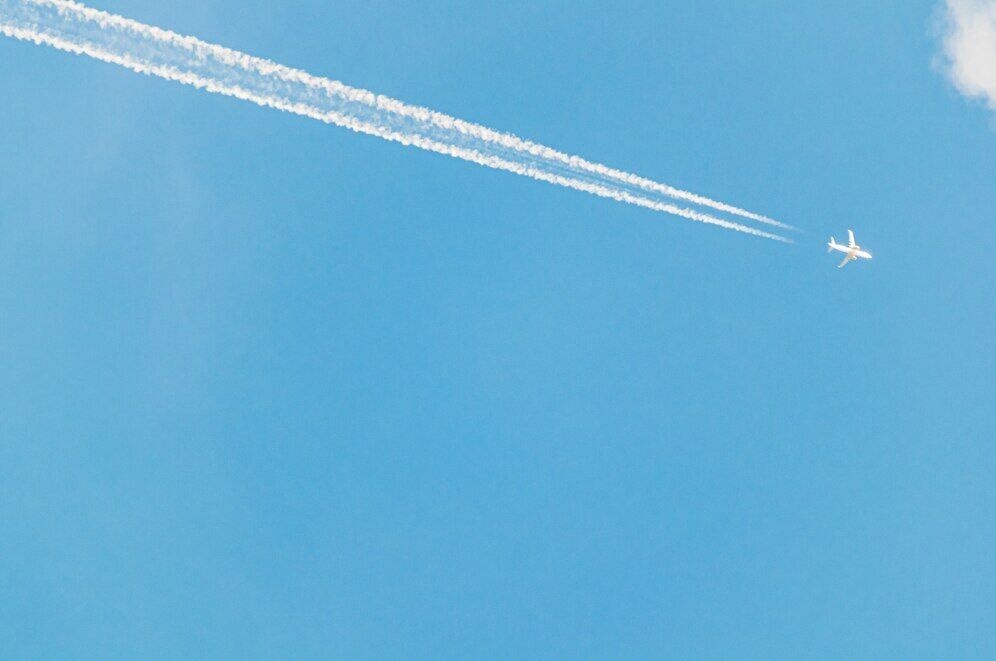
The white lines that airplanes leave in the sky are simply traces of condensation, hence their technical name, "contrails." Airplane engines emit water vapor as they burn fuel. When this hot water vapor is pumped out of the exhaust and into the colder air of the upper atmosphere, it creates these puffy white lines in the sky. It's essentially the same reaction as when you see your breath when it's cold outside.


